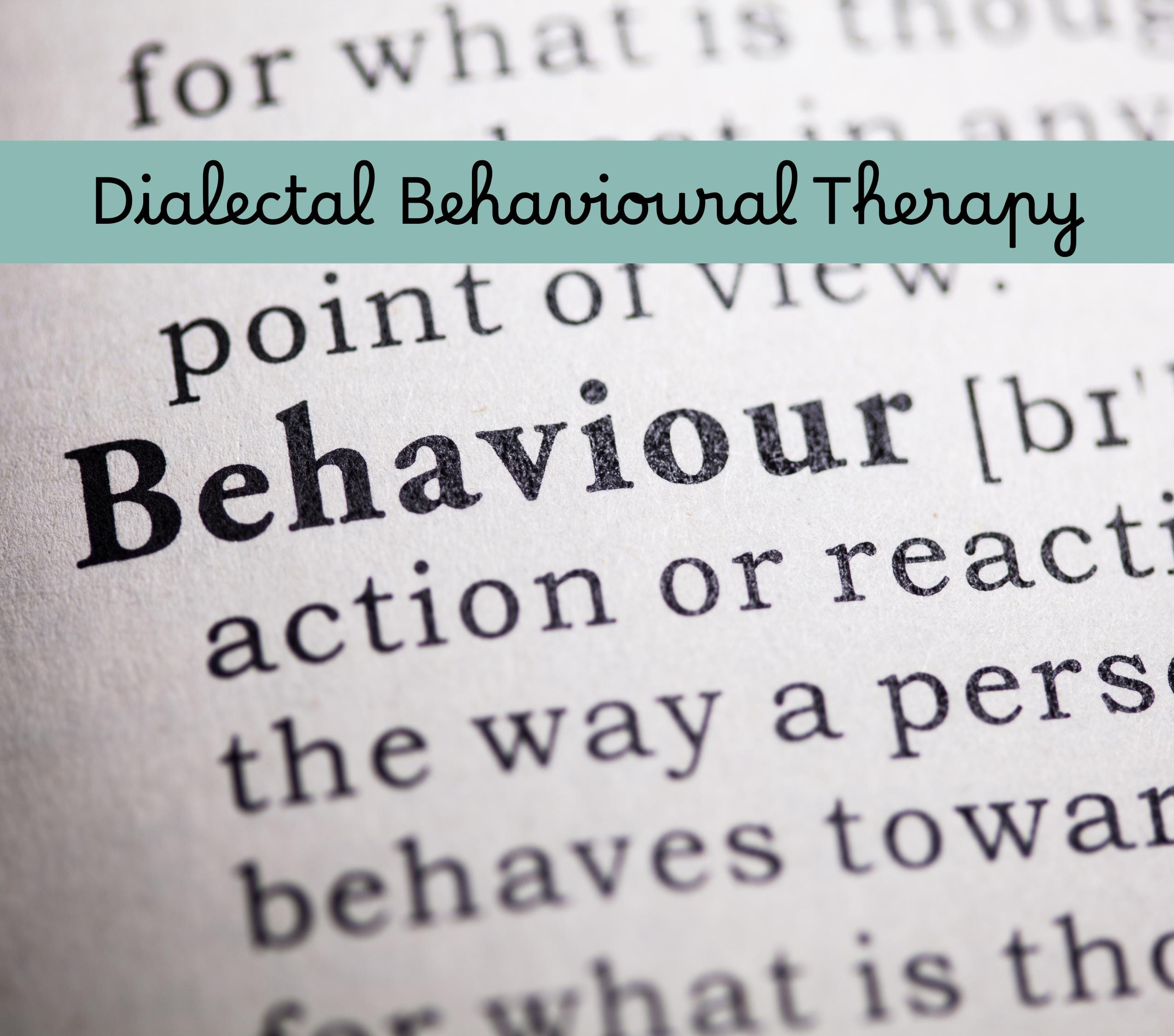
You may have heard the term “DBT” floating around in mental health spaces online—but what is it, really? And who is it useful for?
DBT stands for Dialectal Behaviour Therapy. It was developed by psychologist Marsha Linehan in the late 1980s, originally to support people who felt overwhelmed by intense emotions, especially those living with Borderline Personality Disorder (BPD). Over time, DBT has evolved into a widely respected and effective approach for anyone navigating emotional dysregulation, anxiety, relationship struggles, or burnout.
What makes DBT unique is its balance between acceptance and change. It teaches you how to validate your emotional experiences while also developing healthier coping strategies. It’s grounded in four main skill areas:
- Mindfulness: learning to stay present in the moment.
- Distress Tolerance: handling pain and crisis without making things worse.
- Emotional Regulation: understanding and managing intense feelings.
- Interpersonal Effectiveness: communicating your needs while maintaining healthy boundaries.
These aren’t abstract concepts—they’re practical tools you can use in everyday life.
If You Haven’t Done DBT Before, Here Are Some Key Takeaways
You don’t need to have done formal DBT therapy to start using its principles in everyday life. One of the things that makes DBT so powerful is how practical and adaptable it is.
Here are a few foundational takeaways you can start using right away:
1. You Can Hold Two Truths at OnceThis is the core of dialectics. For example:
“I’m doing the best I can” and “I want to do better.”
“This situation hurts” and “I can survive it.”
Learning to hold two opposing truths without judgment helps reduce inner conflict and encourages growth from a place of self-compassion.
2. Mindfulness Isn’t Just MeditationIn DBT, mindfulness is about awareness with intention. That might look like:
- Checking in with how you feel before responding to a message.
- Taking a moment to pause and ground yourself when emotions rise.
- Noticing your thoughts without getting swept up in them.
It’s not about clearing your mind—it’s about becoming aware of what’s in your mind.
3. Emotions Are Messengers, Not EnemiesDBT encourages a curious and respectful relationship with emotions. Instead of pushing them away or reacting impulsively, you can learn to:
- Identify what emotion you’re feeling.
- Understand what may have triggered it.
- Decide how to respond in a way that aligns with your values—not just your mood.
There are times when emotions feel like they’ll swallow you whole. DBT teaches “Distress Tolerance” tools that help you get through the moment without making things worse. These might include:
- Holding ice or using cold water to interrupt overwhelming feelings.
- Using distraction wisely—like puzzles, journaling, or movement.
- Creating a “soothe box” with comforting items for sensory grounding.
These aren’t long-term solutions, but they can give you breathing room in hard moments.
5. Boundaries Are a Form of Self-RespectInterpersonal Effectiveness skills in DBT teach you how to:
- Say no without guilt.
- Ask for what you need clearly.
- Maintain relationships without abandoning yourself in the process.
If you’ve ever struggled with people-pleasing, over-explaining, or resentment, these skills can be life-changing.
Why I Love DBT Tools (And How I Started Creating My Own)
Like many people, I’ve personally found DBT skills incredibly grounding during times of stress, overwhelm, and emotional intensity. I was lucky to attend DBT both in a group setting and through weekly 1:1 sessions—and while the experience was genuinely life-changing, there was one thing that became a real struggle: the handouts.
Over the months, I ended up with piles of worksheets, notes, and printed exercises. They were packed with valuable information, but the way they were presented wasn’t easy to digest. Everything started to look the same—black-and-white, dense, clinical. I often felt more overwhelmed by the paperwork than supported by it. So I started making my own.
Little by little, I began designing DBT-inspired worksheets and planners that were calmer, more visual, and tailored to the way I learn. I wanted tools that didn’t just deliver the skill—but felt soothing to use. Something I could actually look forward to facing on hard days. And soon, I’ll be sharing them with you.
